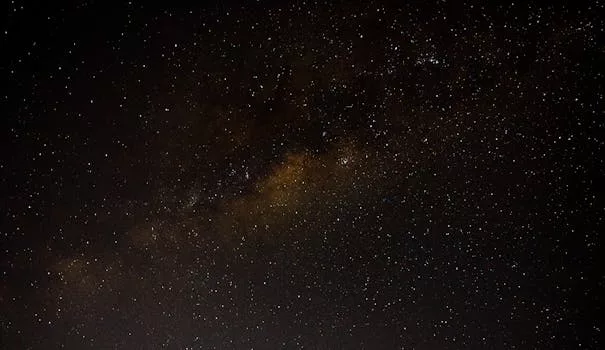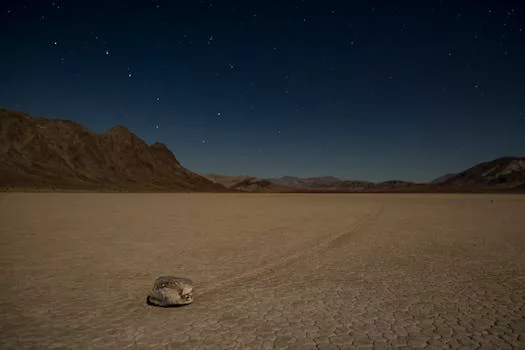
“
Introduction to the Universe Beyond the Milky Way
Imagining new worlds and possibilities has long been a fascination of humanity. From the early astronomers who first gazed up at the stars to the modern-day space explorers, the vast expanse of the universe has captivated our imagination. The Beyond the Milky Way is a journey that takes us to the farthest reaches of the cosmos, exploring the mysteries of the universe and the possibilities of new worlds and civilizations.
Understanding the Universe
The universe is estimated to be around 13.8 billion years old, with over 100 billion galaxies, each containing billions of stars. The Milky Way, our home galaxy, is just one of these galaxies, a spiral-shaped collection of stars, gas, and dust. But what lies beyond the Milky Way? What other galaxies and star systems exist, and what are their characteristics?
The Search for New Worlds
Astronomers have been searching for new worlds and civilizations for decades, using a variety of methods to detect and study distant planets and galaxies. From the use of telescopes to the deployment of space probes, the search for extraterrestrial life has been an ongoing effort. The discovery of exoplanets, planets that orbit stars other than the Sun, has opened up new possibilities for the search for life beyond Earth. For more insights, check out From Stardust to Dreams: Imagining Life Beyond the Stars.
Imagining New Worlds and Possibilities
As we explore the universe, we are forced to imagine new worlds and possibilities. What would it be like to live on a planet with a different atmosphere or gravity? How would life evolve on a planet with a different star or planetary system? These questions have captivated scientists and science fiction writers alike, inspiring new discoveries and new stories. The idea of such worlds is beautifully captured in Galaxies of Dreams: How Imagination Transcends the Night Sky.
The Possibilities of Space Travel
Space travel has long been a dream of humanity, with the possibility of visiting other planets and galaxies a tantalizing prospect. From the early days of space exploration to the modern-day astronauts, the challenge of space travel has been a driving force behind scientific innovation. As we develop new technologies and new propulsion systems, the possibility of visiting other worlds becomes increasingly feasible.
Conclusion and Takeaways
In conclusion, the universe beyond the Milky Way is a vast and wondrous place, full of mysteries and possibilities. As we explore the cosmos, we are forced to imagine new worlds and possibilities, from the search for extraterrestrial life to the possibilities of space travel. The takeaways from this journey are numerous:
- The universe is vast and complex, with billions of galaxies and stars.
- The search for extraterrestrial life is an ongoing effort, with new discoveries and technologies driving the search forward.
- Space travel is a challenge, but with new technologies and innovations, the possibility of visiting other worlds becomes increasingly feasible.
- Imagining new worlds and possibilities inspires new discoveries and new stories, driving human innovation and progress.






